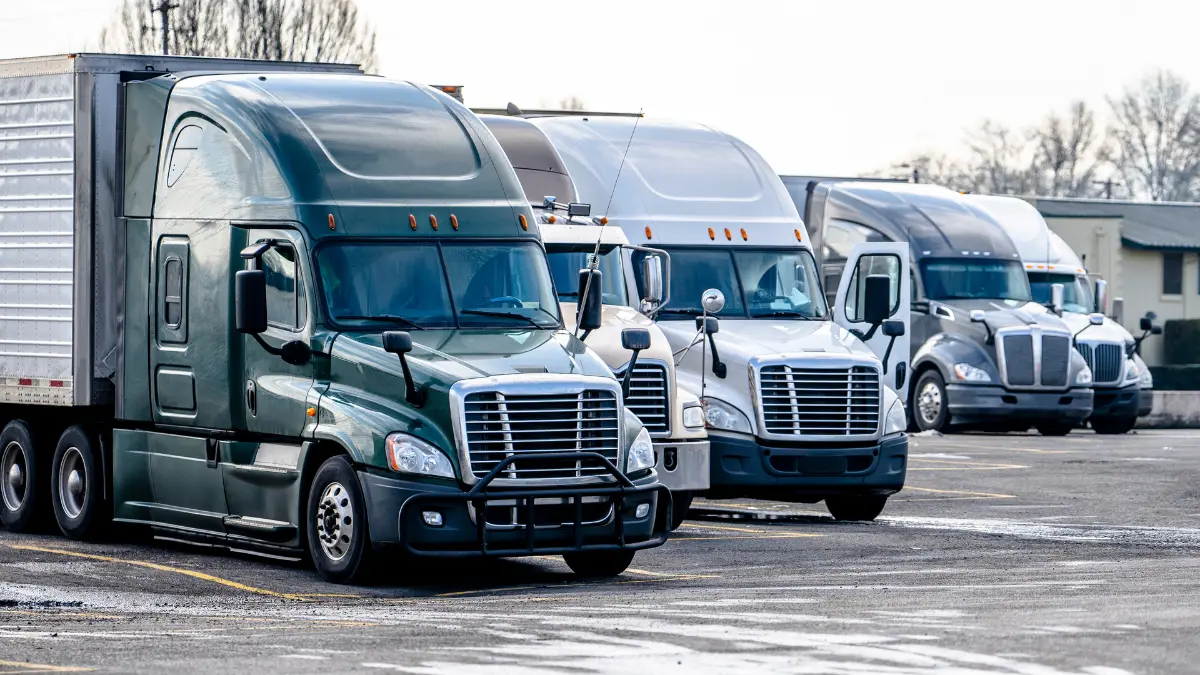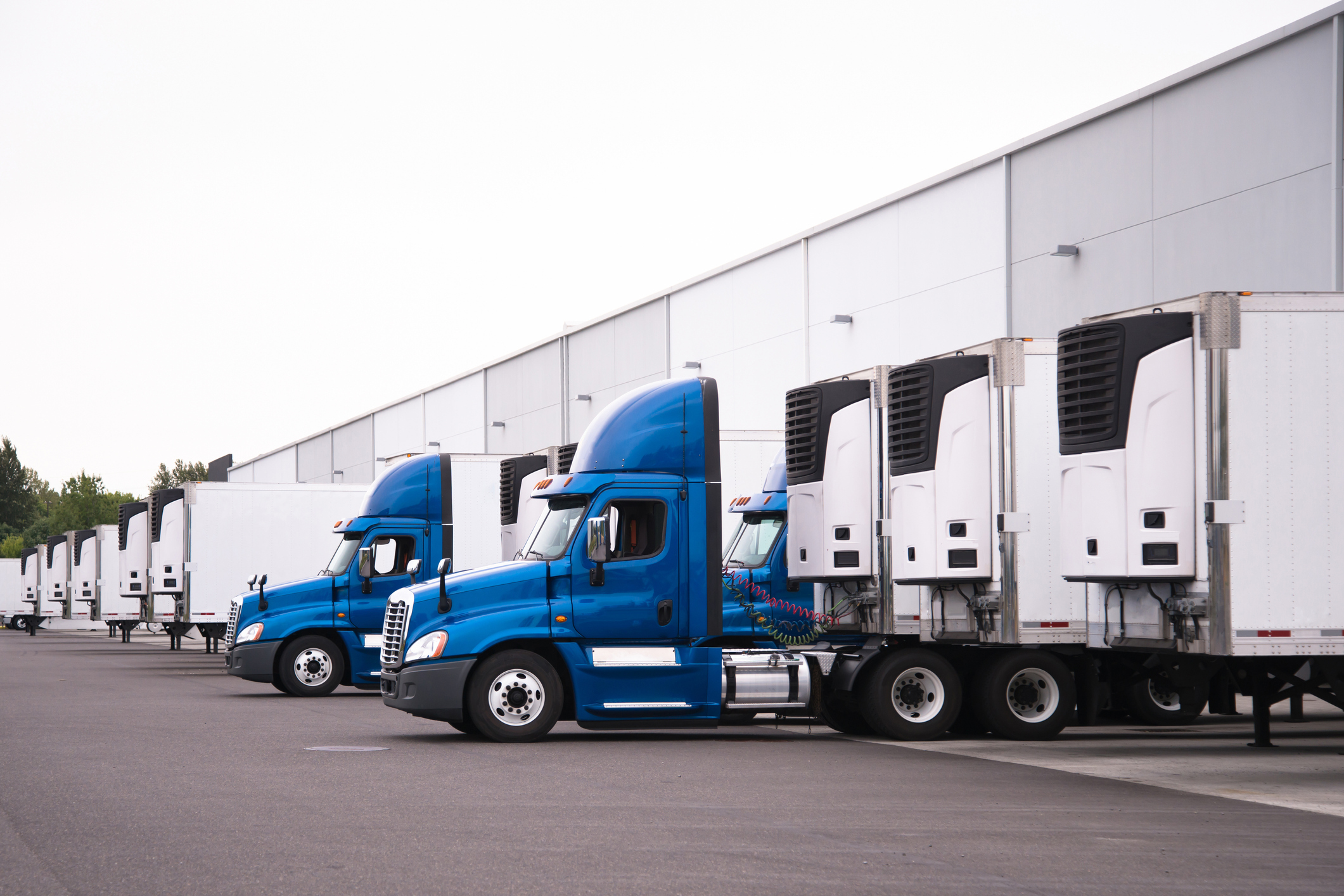Linehaul transportation plays a crucial role in the logistics and supply chain sectors, providing the backbone for the movement of goods over extensive distances. This method of transit focuses on long-haul journeys, typically between cities or major distribution centers, as opposed to final delivery routes. With the growing demand for efficient freight solutions in an increasingly global marketplace, understanding the dynamics of linehaul transportation is essential for businesses striving to optimize their supply chain operations.
In this article, we will delve into the key components of linehaul transportation, including its benefits, challenges, and the technologies shaping its future. We will explore how companies can leverage linehaul strategies to enhance their efficiency and reduce costs while navigating the complexities of modern logistics. From traditional trucking to innovative freight solutions, linehaul transportation is at the forefront of moving goods across vast distances, making it a vital topic for industry professionals and stakeholders alike.
Benefits of Linehaul Transportation
Linehaul transportation offers several advantages that can significantly improve supply chain efficiency. One of the primary benefits is the ability to consolidate freight and reduce per-unit shipping costs, as moving goods over long distances in bulk is often more economical than smaller deliveries. Additionally, linehaul services can enhance delivery speed and reliability, ensuring that goods reach their destinations promptly. Companies that strategically partner with providers, such as those at the Linehaul Office Melbourne, can further optimize their logistics by tapping into expertise, network efficiencies, and advanced technology that enable smoother operations.

Challenges in Linehaul Transportation
Despite its benefits, linehaul transportation also faces several challenges. Rising fuel costs, regulatory restrictions, and the need for sustainability measures are just a few issues that impact operational efficiency. Additionally, fluctuating demand can complicate scheduling and load optimization, leading to potential delays and increased overall transport costs. Companies must also navigate the complexities of tracking and managing long-haul shipments, making visibility and communication critical components of successful linehaul operations. To address these challenges, investing in technology and adopting best practices will be essential for businesses looking to maintain a competitive edge in the logistics landscape.
In conclusion, linehaul transportation stands as a pivotal element in the realm of logistics, bridging the distance between manufacturers and consumers while ensuring the seamless flow of goods across vast territories. As businesses increasingly rely on effective supply chain strategies to meet consumer demands and enhance profitability, the importance of addressing the associated challenges cannot be overstated. By leveraging innovative technologies, optimizing routes, and developing robust partnerships, companies can mitigate obstacles, drive down costs, and improve service delivery. As the industry continues to evolve, those who embrace the dynamics of linehaul transportation will be well-positioned to thrive in a competitive marketplace, ultimately contributing to a more efficient and sustainable logistics ecosystem.

